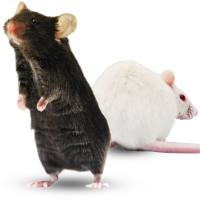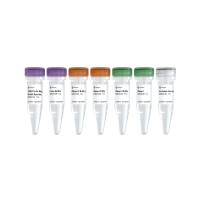The Model Legume Genomes
互联网
553
The primary model legumes to date have been Medicago truncatula and Lotus japonicus . Both species are tractable both genetically and in the greenhouse, and for both, substantial sets of tools and resources for molecular genetic research have been assembled. As sequencing costs have declined, however, additional legume genomes have been sequenced, and the funding available to crops such as soybean has enabled these to be developed to the status of genetic models in their own right. This chapter, therefore, describes a broader set of model species in the legumes, and discusses similarities and differences between the genomes sequenced to date, as well as computational resources available for various legume species. Genome structural characteristics in, for example, Medicago truncatula and Glycine max , can have large impacts on the kinds of functional genomic research that may be carried out in these species. Both of these genomes have substantial redundancy for many gene families, but the nature of the redundancy is different in the two genomes—with the redundancy typically being in the form of local gene duplications in Medicago , and in whole-genome-duplication-derived duplications in Glycine . Similar considerations (about gene environments and genome structure) will likely need to be taken into account for any model or crop species.







